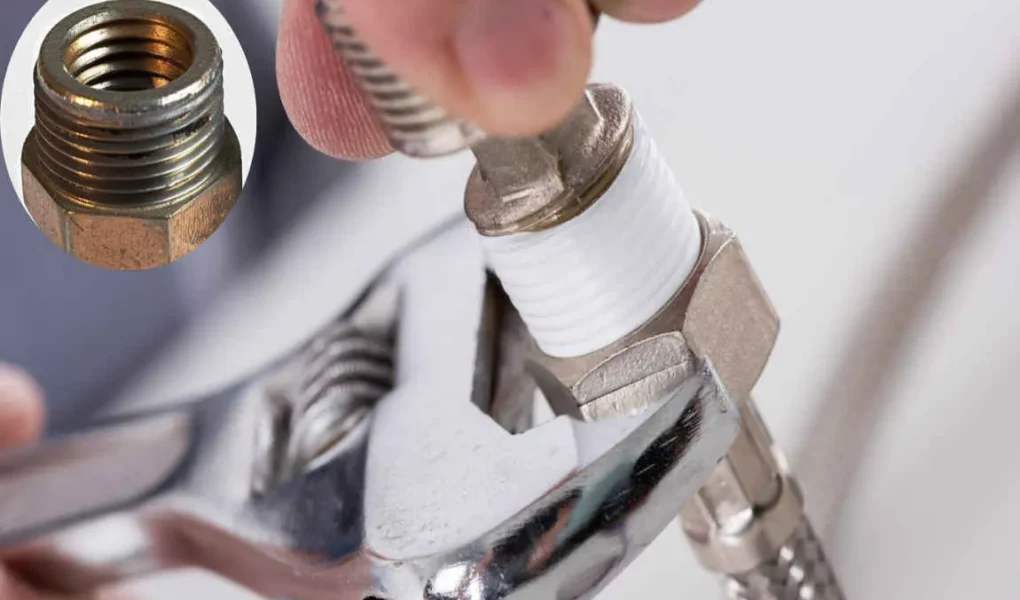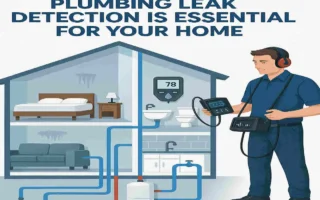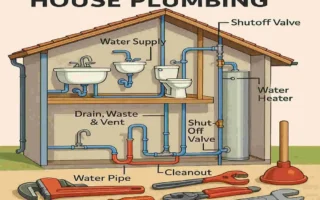FIP stands for Female Iron Pipe, a type of threaded fitting used to connect pipes securely. Knowing about FIP fittings is essential not just for professional plumbers but also for homeowners and DIY enthusiasts who want to maintain or upgrade their house plumbing systems without costly mistakes.
Understanding FIP in Plumbing
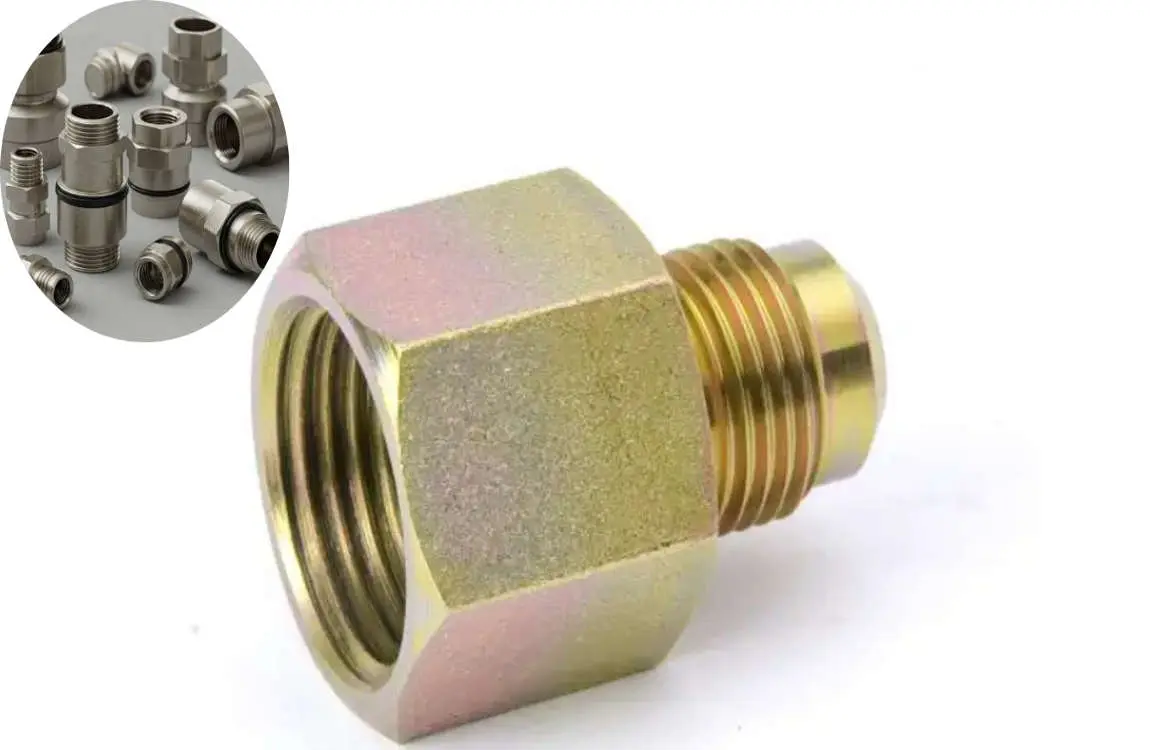
What is FIP?
FIP stands for Female Iron Pipe thread. It refers to a type of plumbing connection where the inside of the fitting has threads designed to accept a male threaded pipe or fitting. Think of it like a socket that screws onto a matching bolt — the FIP is the “female” part with threads on the inside.
FIP vs MIP: What’s the Difference?
- FIP (Female Iron Pipe): Threads are inside the fitting.
- MIP (Male Iron Pipe): Threads are on the outside of the pipe or fitting.
In simple terms, FIP fittings receive the threads of an MIP pipe or fitting. Together, they create a tight, reliable seal that prevents leaks.
Where Are FIP Fittings Used?
FIP fittings are everywhere in household plumbing:
- Connecting water supply lines to faucets, toilets, and appliances.
- Joining sections of pipe under sinks or behind walls.
- Attaching fixtures like pressure gauges or shut-off valves.
These fittings provide easy connections that can be tightened or loosened without damaging pipes, which is why they’re so common in homes.
Why Threaded Connections Matter
Threaded fittings like FIP are popular because they:
- Create strong, leak-resistant seals when installed correctly.
- Allow easy disassembly for repairs or upgrades.
- Provide flexibility in plumbing layouts by enabling connections in tight spaces.
Materials Used for FIP Fittings
FIP fittings come in various materials, each suitable for different plumbing needs:
Material Common Uses Pros Cons
Brass Water, gas lines , Durable, corrosion-resistant , More expensive
Galvanized Steel Older water systems Robust Prone to rust over time
PVC (Plastic) Drainage and cold water. Lightweight, affordable. Less durable under heat
Stainless Steel High-pressure systems Corrosion-resistant Expensive
Choosing the right material depends on your home’s plumbing type and the specific application.
Why Homeowners Should Know About FIP Fittings
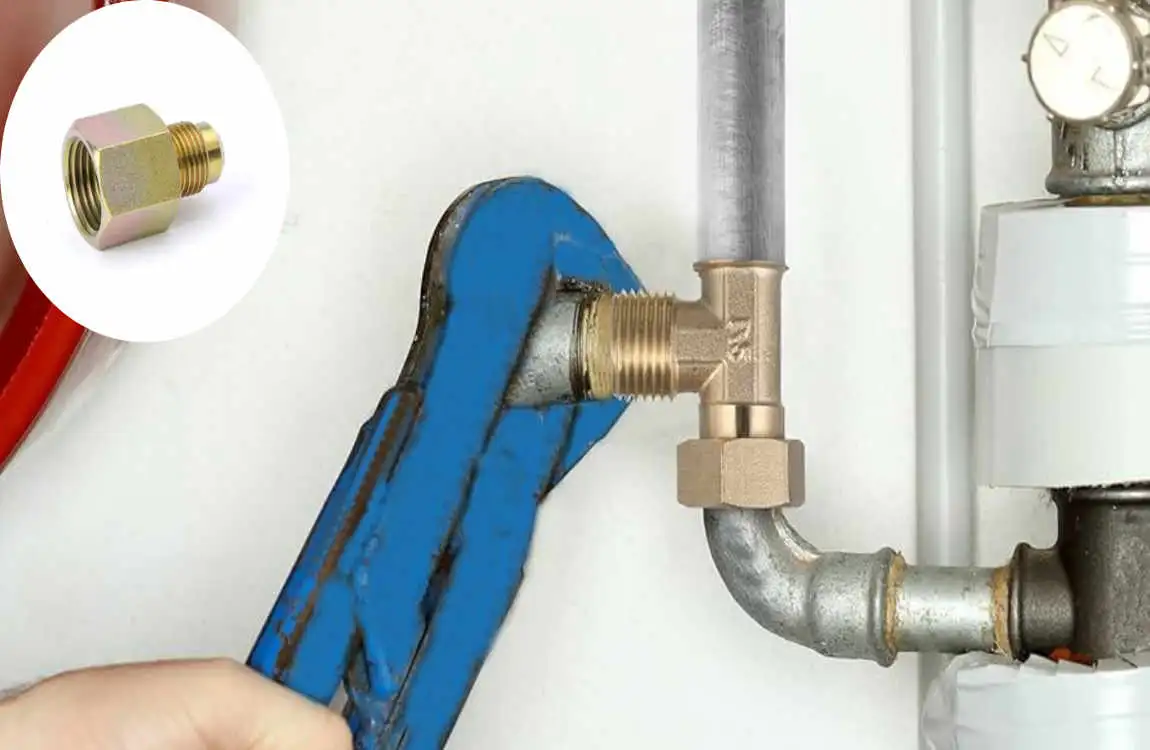
Benefits of Understanding FIP
Knowing what FIP means in plumbing gives you an edge when maintaining your home. It enables you to:
- Identify the right parts for repairs or upgrades.
- Avoid buying incorrect fittings that waste time and money.
- Understand basic plumbing instructions and manuals better.
Troubleshooting Leaks and Fitting Issues
Leaks often happen at threaded connections. Recognizing that an FIP fitting is involved helps you:
- Check if the threads are damaged.
- Determine if the fitting is sealed correctly.
- Decide whether a replacement or resealing is needed.
Role of FIP in Home Repairs and Upgrades
Whether you’re replacing a faucet, adding a new appliance, or fixing a leak, FIP fittings show up often. Knowing how they work means you can:
- Quickly disconnect old parts.
- Choose compatible new fittings.
- Avoid cross-threading and leaks during installation.
Safety Tips When Handling Threaded Fittings
- Always turn off the water supply before working on pipes.
- Use pipe wrenches carefully to avoid damaging fittings.
- Wear gloves to protect your hands from sharp threads.
- Avoid overtightening, which can crack fittings or pipes.
How to Identify FIP Fittings in Your Plumbing System
Visual and Physical Characteristics
FIP fittings have internal threads that you can feel inside the fitting. They look like hollow connectors with threading inside the opening.
Differentiating FIP from Other Fittings
- FIP: threaded inside (female).
- MIP: threaded outside (male).
- Slip fittings: no threads, just smooth connections.
- Compression fittings: Use a nut and ring to seal.
Tools to Inspect or Measure FIP Threads
- Thread gauge: measures thread pitch and size.
- Calipers: to measure diameter.
- Pipe wrench or adjustable wrench: to handle fittings safely.
Common Sizes and Thread Standards
Two main thread standards are:
Thread Type Usage Notes
NPT (National Pipe Thread) Most U.S. plumbing Tapered threads for a tight seal
BSP (British Standard Pipe) International plumbing pipes , Similar but different pitch
Knowing your thread standard helps you buy compatible fittings.
Installing and Replacing FIP Fittings
Step-by-Step Installation Guide
- Turn off the water supply before starting.
- Clean the threads on both the pipe and fitting.
- Apply thread seal tape (also called Teflon tape) or pipe joint compound to the male threads.
- Hand-tighten the FIP fitting onto the MIP pipe.
- Use a pipe wrench to tighten further—but don’t overtighten!
- Turn the water back on and check for leaks.
Essential Tools and Materials
- Pipe wrenches or adjustable wrenches.
- Thread seal tape (PTFE tape).
- Pipe joint compound (optional for extra sealing).
- Rag or cloth for cleaning.
Tips to Avoid Leaks
- Always wrap the tape clockwise around the threads.
- Use enough tape (2-3 wraps) but not too much.
- Avoid cross-threading by starting the fitting carefully.
- Don’t overtighten; snug is usually enough.
Removing or Replacing FIP Fittings
To remove a fitting:
- Turn off the water supply and drain the pipe.
- Use a wrench to loosen the fitting by turning counterclockwise.
- If stuck, apply penetrating oil and wait.
- Replace the fitting, following the installation steps above.
Safety and Best Practices
- Wear gloves and eye protection.
- Work in a well-lit, ventilated area.
- Double-check all connections before restoring water flow.
Common Problems Associated with FIP in Plumbing and How to Fix Them
Thread Leaks
Caused by poor sealing or damaged threads. Fix by:
- Removing the fitting.
- Cleaning threads thoroughly.
- Applying fresh thread seal tape or joint compound.
- Reinstalling carefully.
Cross-Threading Issues
Happens when threads don’t align properly and get damaged. Prevent by:
- Starting with fittings by hand first.
- Aligning threads carefully.
- Avoid forcing the connection.
Corrosion in Metal FIP Fittings
Especially in galvanized steel, corrosion can cause leaks or weak joints. Solutions:
- Inspect regularly for rust.
- Replace corroded fittings with brass or stainless steel.
- Use corrosion-resistant fittings for repairs.
Stuck or Seized Fittings
Metal fittings can seize due to rust or overtightening. To fix:
- Apply penetrating oil.
- Use a pipe wrench carefully.
- Heat the fitting gently if needed (with caution).
- Replace if damaged.
When to Call a Plumber
If you:
- Encounter severe corrosion.
- Can’t loosen stuck fittings safely.
- Notice persistent leaks despite repairs.
- Feel unsure about the process.
A professional will ensure safe, permanent fixes.
Frequently Asked Questions About FIP in Plumbing
Yes, FIP fittings are house design for both water and gas, but always confirm that the material and rating are suitable for gas use.
FIP fittings usually use NPT threads in the U.S., but NPT refers to the thread standard, while FIP describes the fitting type.
If your pipe has external threads, you need an FIP fitting to connect. If the pipe has internal threads, you need an MIP fitting.
Yes, but plastic pipes often require threaded adapters to connect to metal FIP fittings.
Adjustable wrenches or pipe wrenches are ideal. Use the right size to avoid damaging fittings.

